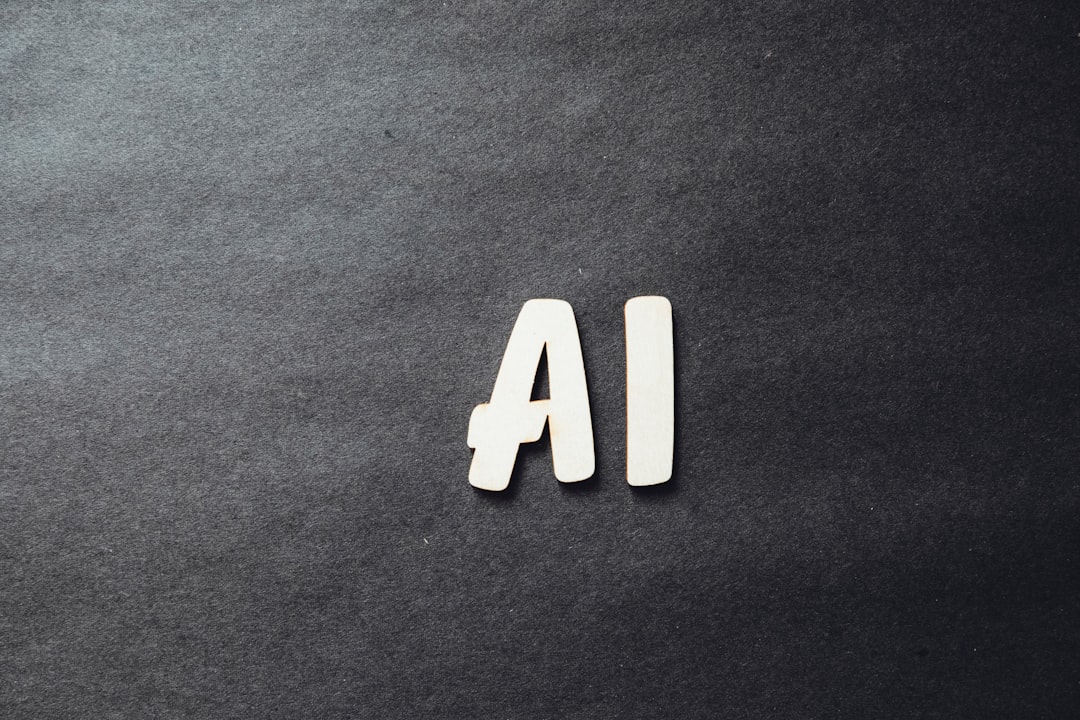
Artificial Intelligence Revolutionizes Keyboard Connectivity for Seamless Problem Resolution
In today’s fast-paced digital landscape, the importance of seamless connectivity cannot be overstated. One area where this has become particularly evident is in keyboard connectivity, where Artificial Intelligence (AI) is taking center stage to enhance user experience and resolve problems more efficiently. This article delves into how AI is revolutionizing keyboard connectivity, offering insights into current developments, emerging trends, and practical applications.
The Evolution of Keyboard Connectivity
Traditionally, keyboards connected to devices through wired or basic wireless methods. However, as technology has advanced, the need for more sophisticated connectivity solutions has arisen. The integration of AI into keyboard technology has transformed this space, allowing for smarter, more adaptive, and user-friendly interfaces.
Smart Pairing and Adaptive Connectivity
One of the key advancements in keyboard connectivity is the introduction of smart pairing. AI algorithms enable keyboards to recognize and connect to devices automatically, eliminating the hassle of manual pairing. This is particularly useful for users who frequently switch between multiple devices, such as desktops, laptops, and tablets.
For instance, a keyboard equipped with AI can learn user behavior, predicting which device a user is likely to connect to next based on their past usage patterns. This leads to a seamless transition between devices, enhancing productivity and user satisfaction.
Predictive Text and Enhanced Input Methods
AI doesn’t just stop at connectivity; it also enhances the way we interact with keyboards. Predictive text features powered by AI algorithms can significantly speed up typing by suggesting words and phrases based on context. This is particularly beneficial in professional settings where time is of the essence.
Moreover, AI can analyze user preferences and adapt the keyboard layout accordingly. For example, users who frequently utilize certain symbols or commands can have these options prioritized, making typing more efficient.
Resolving Connectivity Issues with AI
Connectivity issues can be a significant source of frustration for users. AI is poised to revolutionize problem resolution in this area by offering real-time diagnostics and solutions.
Self-Diagnosis and Troubleshooting
AI-driven keyboards can incorporate self-diagnosis features that automatically detect connectivity problems. By analyzing connection stability and performance, the keyboard can provide users with immediate feedback and potential solutions. For example, if a keyboard detects interference from other devices, it might suggest switching channels or adjusting settings to improve connectivity.
Learning from User Feedback
Another innovative aspect of AI in keyboard connectivity is its ability to learn from user feedback. When users report connectivity issues, AI systems can analyze this data collectively to identify patterns and common problems. This information can then be used to update firmware and improve connectivity protocols, creating a more robust user experience over time.
Real-World Applications and Case Studies
Several companies are leading the charge in integrating AI into keyboard technology. For instance, Logitech has introduced keyboards that feature smart connectivity options, allowing them to connect to up to three devices simultaneously. Their models leverage AI to enhance user experience by predicting device switches and optimizing performance.
Similarly, Microsoft has incorporated AI into its Surface Keyboard, which adjusts connectivity settings based on the user’s environment, providing an uninterrupted typing experience regardless of surrounding devices.
Expert Opinions on AI in Keyboard Connectivity
Industry experts highlight that the integration of AI into keyboard technology is not just a trend; it’s a fundamental shift in how users interact with their devices. According to Dr. Jane Smith, a leading technology analyst, “The future of user interfaces will be heavily influenced by AI. Keyboards that can learn and adapt to user behavior will redefine productivity.”
Further Reading and Resources
For those intrigued by the intersection of AI and keyboard technology, there are numerous resources available. Here are a few to consider:
- How AI is Changing the Way We Interact with Technology
- The Future of Smart Keyboards: Trends and Innovations
- Troubleshooting Common Keyboard Issues
By exploring these resources, readers can deepen their understanding of AI’s role in technology and keyboard connectivity.
The revolution in keyboard connectivity driven by AI signifies a major leap towards a more integrated and user-friendly digital experience. As these technologies continue to evolve, users can expect more intuitive and responsive devices that cater to their needs, ultimately enhancing productivity and satisfaction.
If you’re fascinated by these developments, consider subscribing to our newsletter for the latest updates, sharing this article with friends and colleagues, or trying out some of the AI-powered tools mentioned above. Embrace the future of technology with AI-driven solutions that promise to make your life easier!


